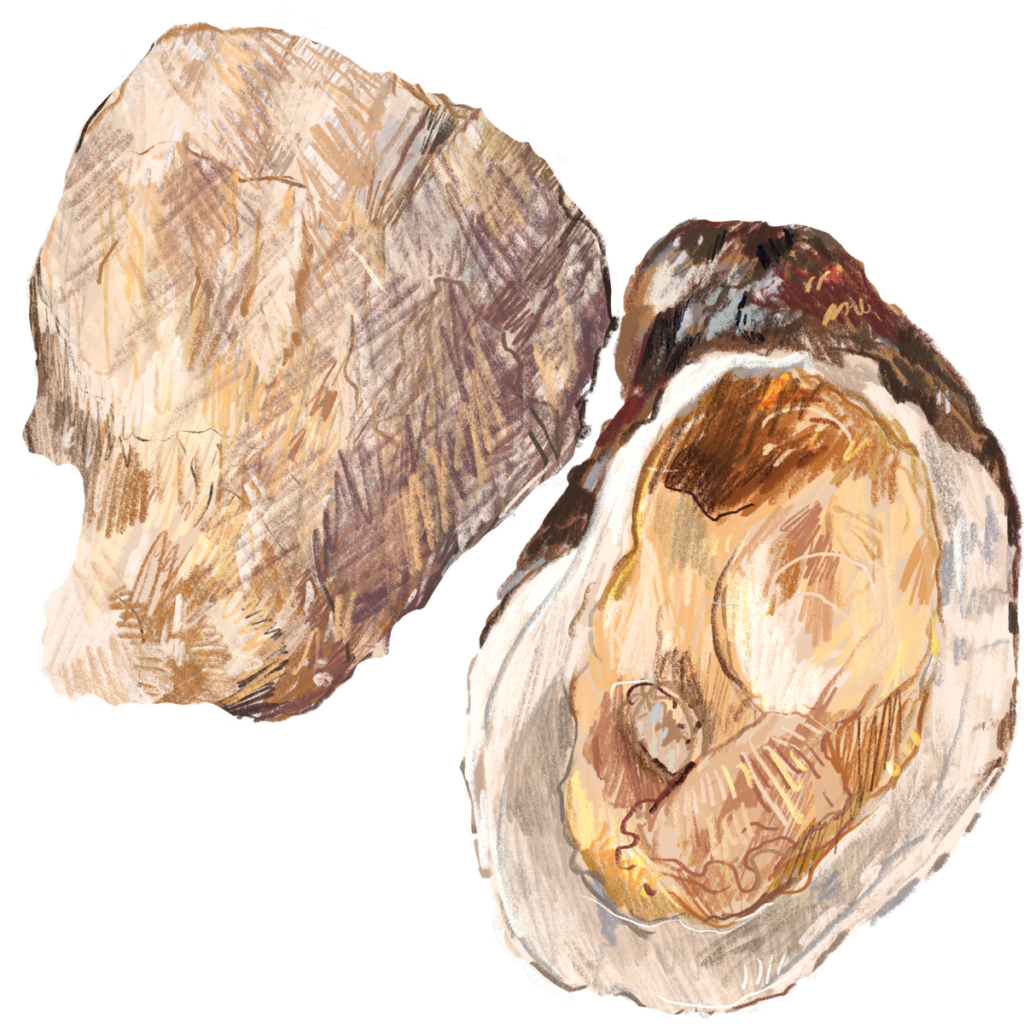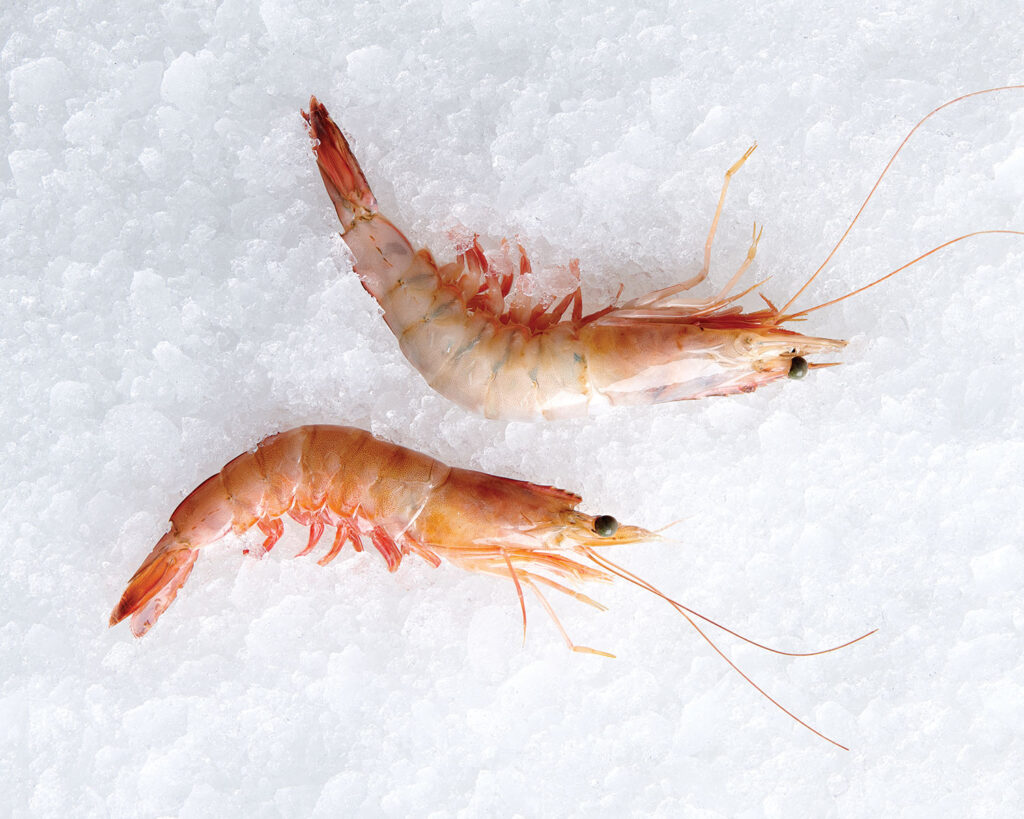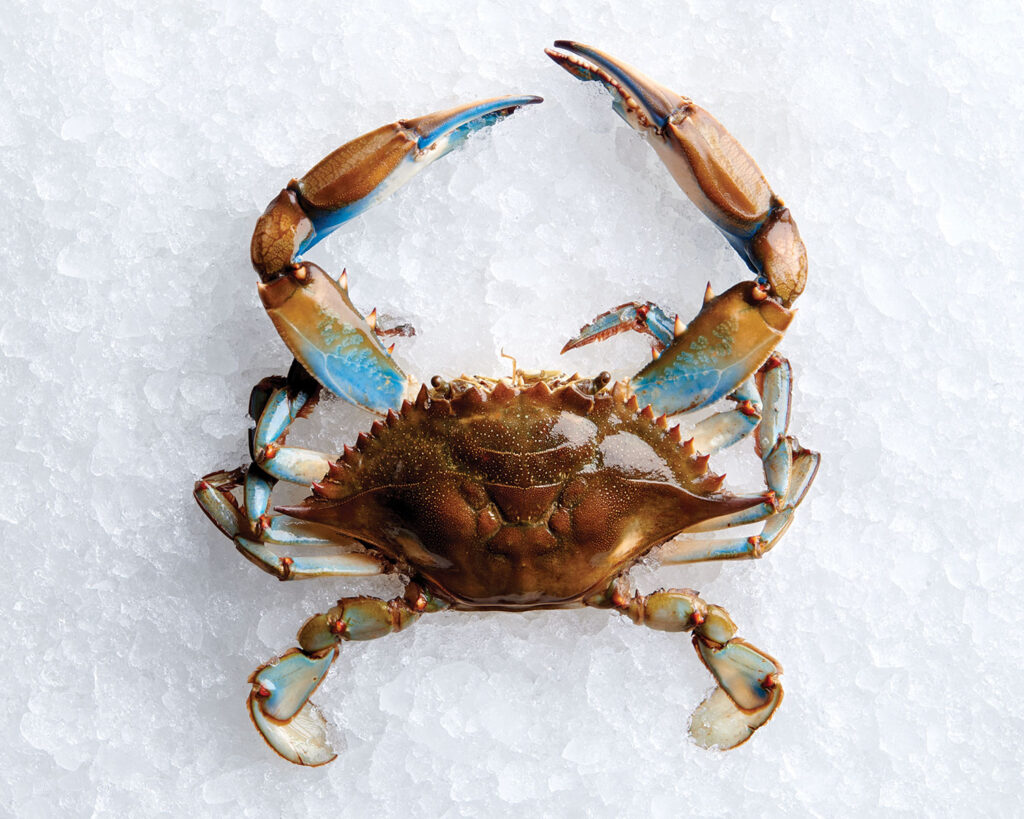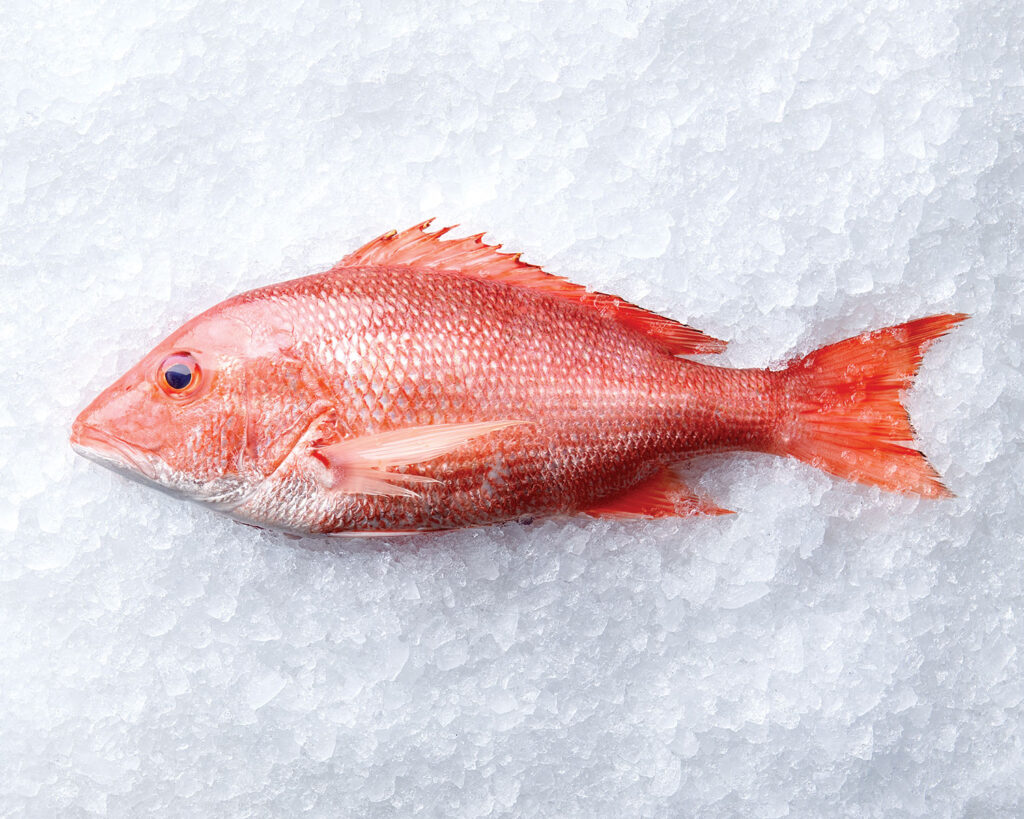THE TASTIEST BIVALVES IN THE COUNTRY
Oysters, like wine, have a distinctive flavor depending on where they’re harvested. It’s the various combinations of saltwater and freshwater that give each variety of oyster their unique taste, texture and appearance. In Texas we harvest the Eastern oyster, which gets its beloved briny-sweet finish from Texas bays and estuaries.
TEXAS GULF OYSTERS

ALSO KNOWN AS
American oyster, Atlantic oyster, common oyster, Virginia oyster
BEST PREPARED
Baked, broiled, deep-fried, grilled, raw, sautéed, steamed
COOKING TIP
As soon as the fine fleshy layer of tissue surrounding the oyster’s body (a.k.a. the mantle) starts to curl, they’re done
AVAILABILITY
Available year-round
FLAVOR
Mildly sweet to salty, and tender to firm
SAFETY, STORAGE & BUYING TIPS
- Recently shucked oysters will have a clean odor with no ammonia smell, a thin clear liquid, plump body and be free of extraneous material
- Oysters in the shell should be alive; the shells will be tightly closed or will close when tapped
NUTRITION INFORMATION
Low in saturated fat and excellent sources of omega-3 fatty acids, iron and zinc
HOW TO PICK & PREPARE OYSTERS
Join Marine Scientist Kimber Anderson as she visits her local grocery store to show you how to pick and prepare oysters from Texas.
WHAT’S THE RIGHT WAY TO EAT AN OYSTER?
There’s actually no “right” way to eat an oyster, though the most popular way is to slurp them down raw, right out of their shells. You can’t go wrong with a big squeeze of lemon and a dash of hot sauce, either. If you’re not team raw, Texas oysters are begging to be deep-fried, piled onto a po’ boy or cooked on the grill, in which they poach themselves in their own liquor inside their shells.
OUR MOST SUSTAINABLE SHELLFISH
These gems of the Gulf aren’t only delicious, they also play a vital role in maintaining the overall health of our Gulf’s ecosystem. A single oyster can filter up to fifty gallons of water per day, improving water quality and clarity in the process.
Oystermen pick and process fresh oysters from wild reef beds, then return their empty shells along with raw materials to the bay to build new reefs. This allows our oysters to thrive naturally, improve water quality, and increase the number of habitats for other fish in the Gulf.
ARE OYSTERS ALWAYS IN SEASON?
Remember the old saying, “Never eat oysters in months without an ‘R’ in them”? Back in the day before refrigeration, it was harder to keep oysters from spoiling during summer months. Nowadays they’re eaten year-round, but the primary season is November to May.




